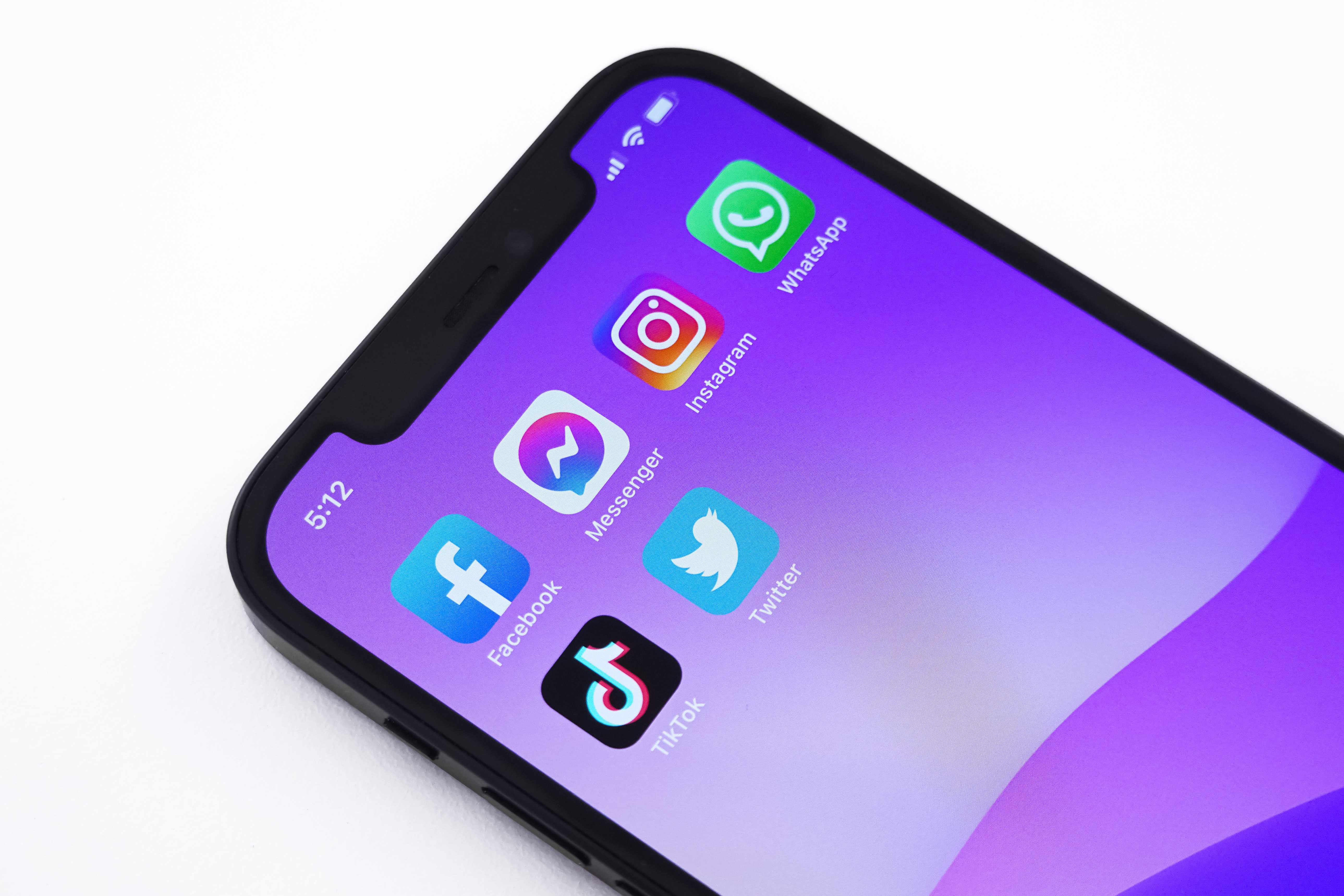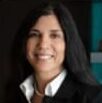Understanding Healthcare Social Media
Community health, patient experience and visual content— these are key focus areas for healthcare social media.
Today, hospitals and providers seek to make tracks towards greater patient engagement.
The time is now. It is no longer a question if hospitals and healthcare systems should be on social media, but how effectively they are using it to connect with their current and potential patients to build brand awareness, loyalty and market share.
Joining the Social Conversation
According to a study by the Ohio Hospital Association and MindSet Digital, more than half of the 83 hospitals surveyed spent upwards of 50% of their marketing communication on social media. It was less than 10% three years ago. You know your patients are talking, but do you know on what channels? For your social media efforts to be effective, you need to be engaging them where they already are.
Facebook is the dominant platform being used for healthcare social media by hospitals and patients alike, which also mirrors the national trend of 71% of all Internet users being on Facebook, according to a study done by the Pew Research Center. Following Facebook, the Ohio study found hospitals are also using YouTube and Twitter, with LinkedIn, blogging and Instagram gaining ground.
Have a Plan
* Remember, it is a two-way conversation. You are going to get questions and comments and you better be ready to respond, or you will quickly lose your credibility and your audience.
* Who will respond? In most hospitals, the marketing and/or public relations department will manage social media as part of the overall strategic communications plan. But larger hospitals and healthcare systems can have multiple managers. Make sure there are clear guidelines for your response protocols that are accurate and timely.
* Have a content plan: Of course you are going to want to promote providers, events and success stories, but it can’t be all about you. You need to think about what is trending in healthcare social media, what your patients are talking about and what your community needs are so that there is relevant, useful information and news they can use every day.
* Measure results: Initially impressions, likes, comments, share, favorites and retweets might be your primary metrics. Ultimately, however, you want to make a connection between social media and your market share, and will want to track patient inquiries with your hospital practices and services.
Visual Content is Key
Never has the old adage “a picture is worth a thousand words” been more true as it is today. Think of it as the Wong-Baker Faces Pain Scale having gone mainstream as the more common Emoji—you know in an instant if someone is happy, sad, excited, in love. As our digestion of online content has gone mobile, if we can’t see it, we aren’t likely to stop and read it.
The same is true with your promotional news and events that you will share on social media. Your community doesn’t want to read about it, they want to experience it. They want to see the provider, feel the excitement of crossing the finish line, and connect with family members of the patient whose life was saved.
According to Google’s Think Insights, YouTube traffic to hospital sites has increased 119% year-over-year. This is because you can deliver a very human experience up front that demonstrates your featured provider’s, and hospital’s, capabilities. By being emotionally invested, a potential patient is more likely to take the next step to learn more.
A case in point is Dr. Howard Luks. A New York based orthopedic surgeon, Dr. Luks has been called a pioneer in healthcare social media, as well as one of its top 100 influencers. In an August 3, 2013, article in Modern Healthcare, Dr. Luks spoke about how he posts educational tweets and health advice, writes articles and shares videos of him discussing common orthopedic injuries. He said, “A Web presence humanizes our existence. Not a day goes by that I don’t hear from my patients, ‘You’re exactly like you were in your videos.’”
Promote Health and Wellness
Population health, preventive medicine and managing chronic disease are the main tenants of holding people more accountable for their health in this new era of medicine. One of the best ways to create community around health is through social media, about topics that are of interest to your population. As Paul Matsen, chief marketing and communications officer at Cleveland Clinic told HealthLeaders Media, “Social media gives us an opportunity to be a meaningful, helpful part of our people’s everyday lives when they aren’t sick or don’t need our services.”
Recognized as a leader in healthcare social media, Cleveland Clinic’s social media strategy has proven its sustainability with over 1.5 million fans on Facebook and a half million followers on Twitter. The secret, says Matsen, is building relationships with their healthcare consumers that transcends time and space. And, they don’t typically post about their own organization very often. Instead, the focus is, and should be for all, helping your patients and community make healthy decisions everyday: at home, about exercise, at the grocery store, at the pharmacy and when visiting your doctor. The key is to focus on the little things everybody can do every day to make a big impact in their life over the long term.
Talk About Patient Satisfaction
Customer experience is among the top priorities for businesses large and small, and in hospitals the patient experience is tops among critical measures in healthcare alongside quality, health outcomes and patient safety. As patients are being asked to be more of a stakeholder and accountable for their own care, so too are providers being held accountable for a patient’s overall satisfaction with that care. Just because you are down the block, doesn’t mean you are the provider of choice by default. Patients want quality, value and personal care, and they are increasingly turning to social media to make decisions about their healthcare.
Social media is today’s word-of-mouth, but with a much bigger audience. If a patient is happy with their care you might hear about it. If they are unhappy with their care you will definitely hear about it, and so will everyone else. That’s why it is important to respond, and quickly. No comment and deleting negative comments about your hospital are not options. Respond immediately. This doesn’t mean the whole situation needs to be played out on Facebook and Twitter, but it does call for a meaningful response that:
* Acknowledges the patient’s complaint.
* Thanks them for their feedback.
* Shows empathy for their situation.
* Provides options for addressing their issue appropriately.
* Reaffirms your hospital cares about the patient perspective and welcomes feedback.
The same protocol can be followed for positive comments as well, because nine out of 10 times, someone else will chime in, reaffirming the patient experience.
Keep it Going
Whether you are just joining the healthcare social media conversation or looking to amplify your hospital’s existing social scene, engage current and future patients with visual content that connects emotionally. Share and discuss information that meets your community’s population health needs. And ensure patient satisfaction with timely, compassionate responses to their shared experiences, good and bad. Need a prescription for a healthcare social media strategy the increases brand awareness, patient engagement and market share? Schedule your appointment with Millennium today! Call 1-877-873-7445, email me directly at Lfanaras@mill.agency or connect via Twitter or LinkedIn.


























